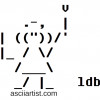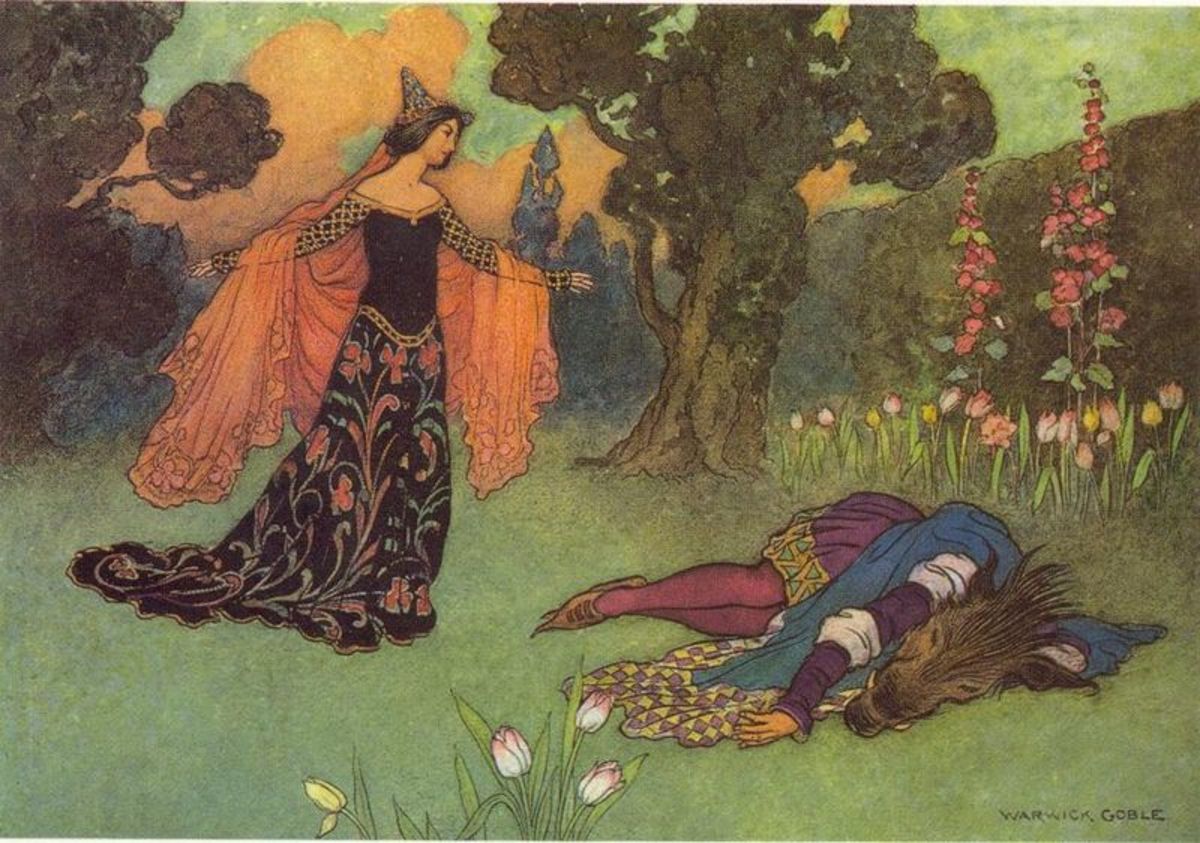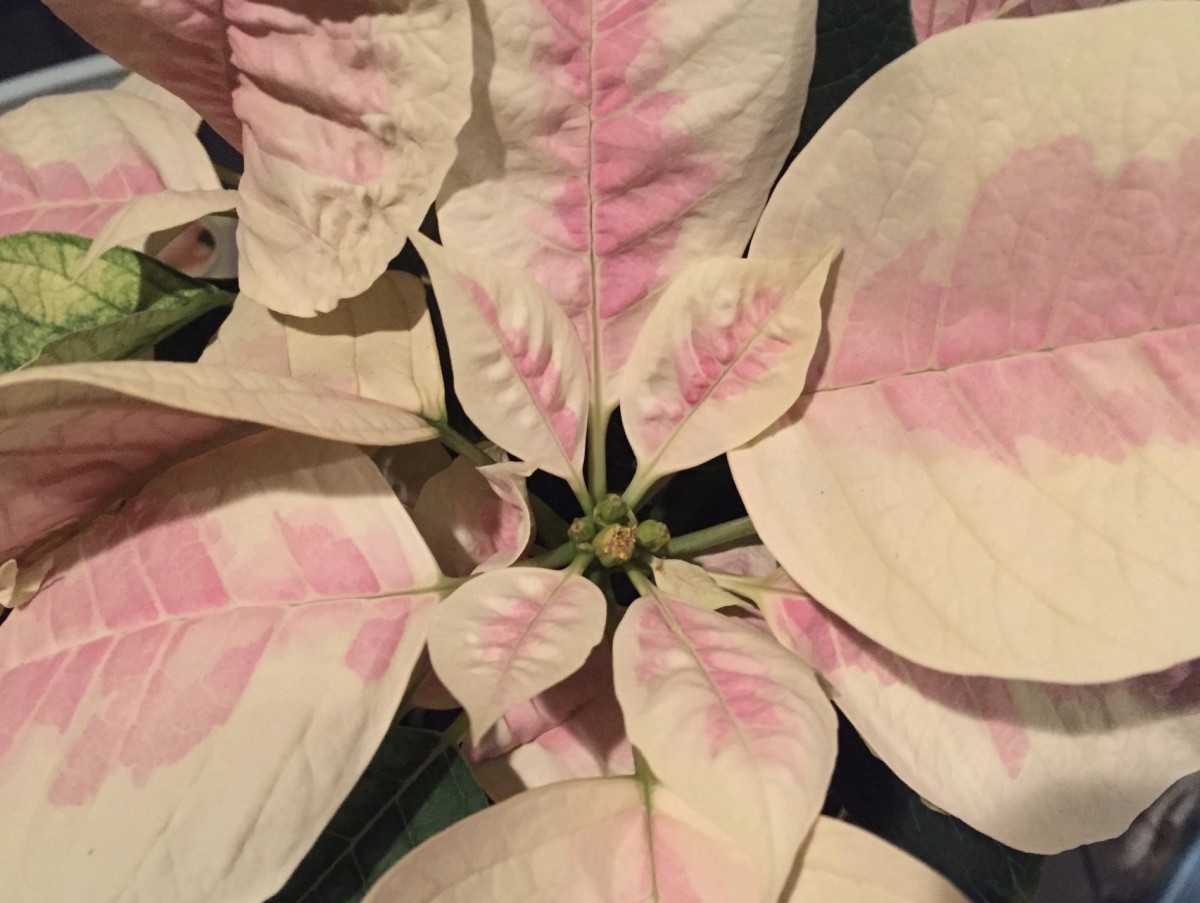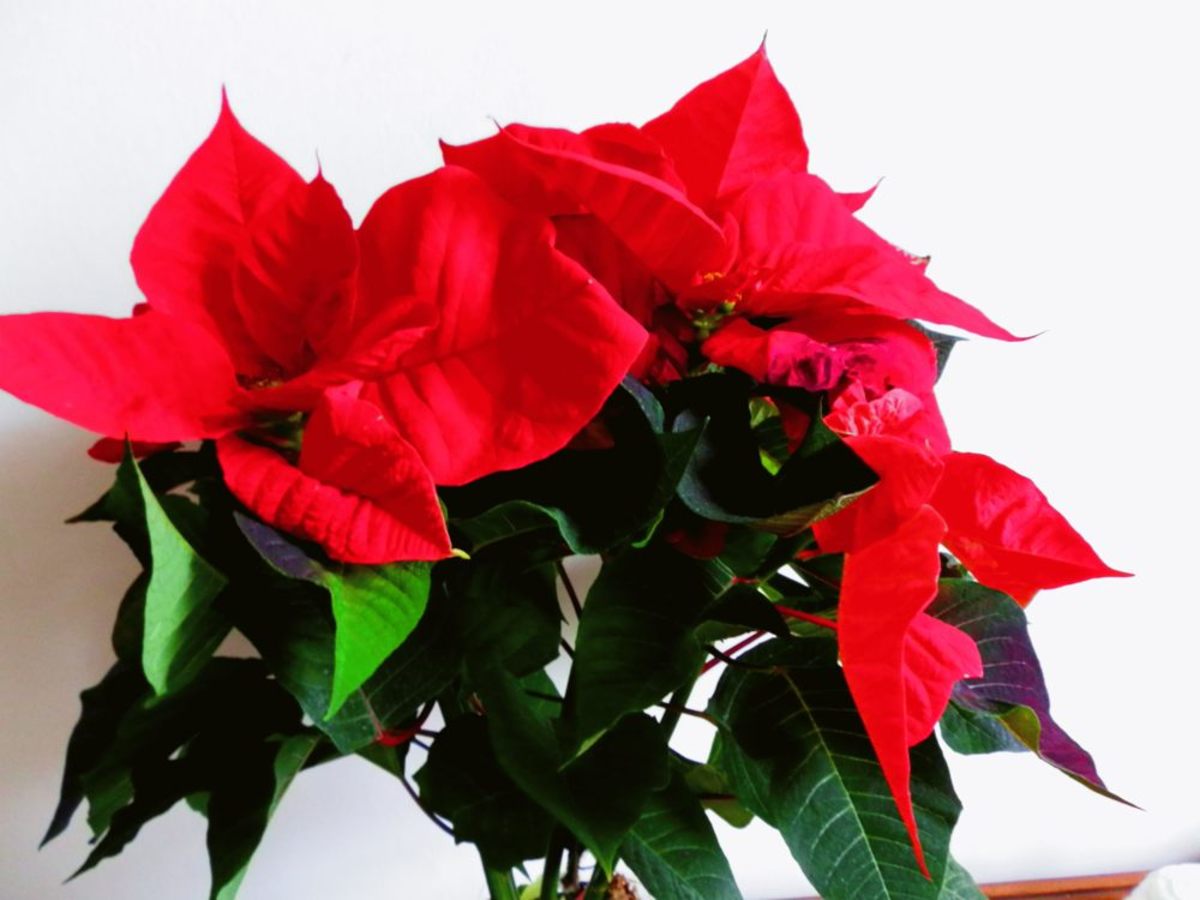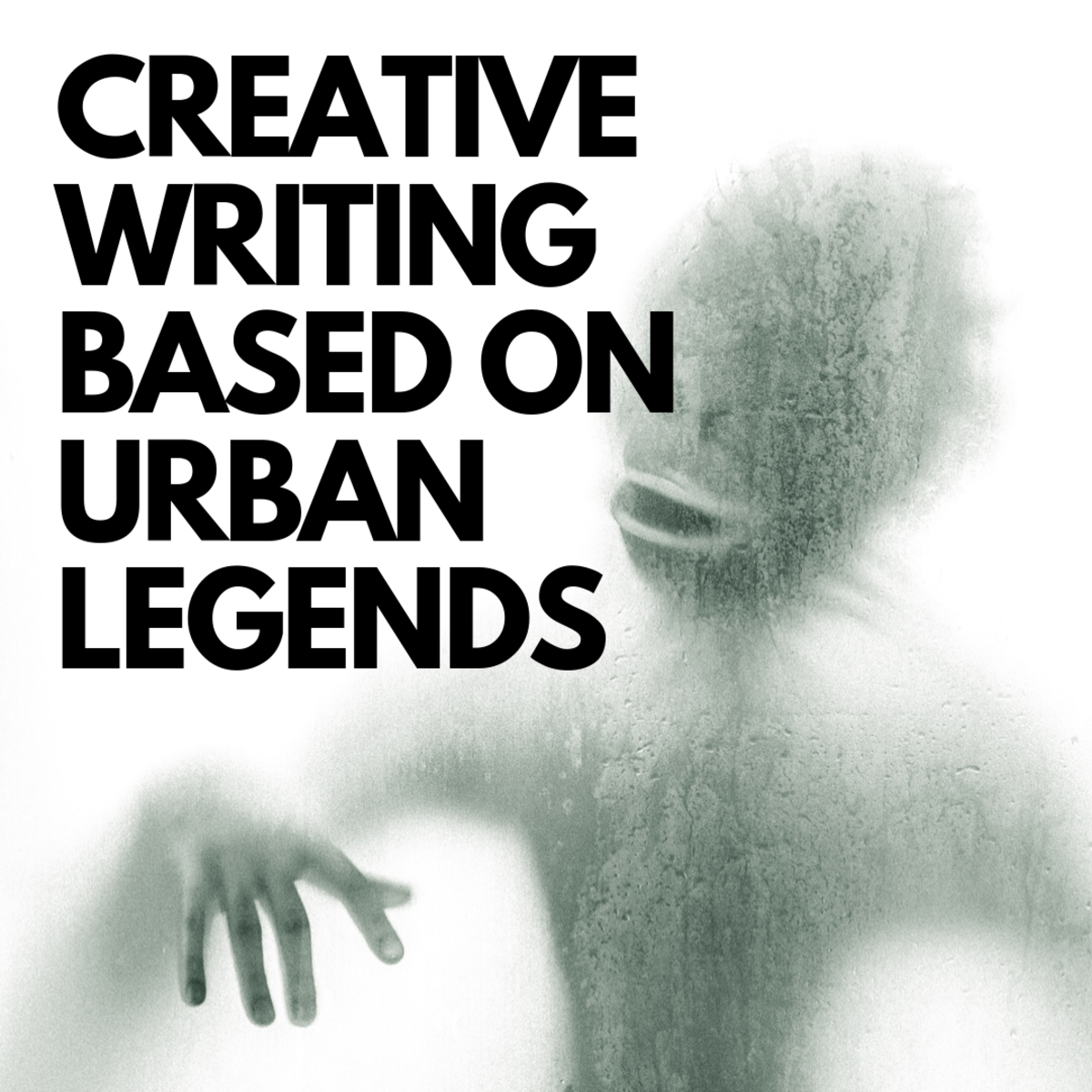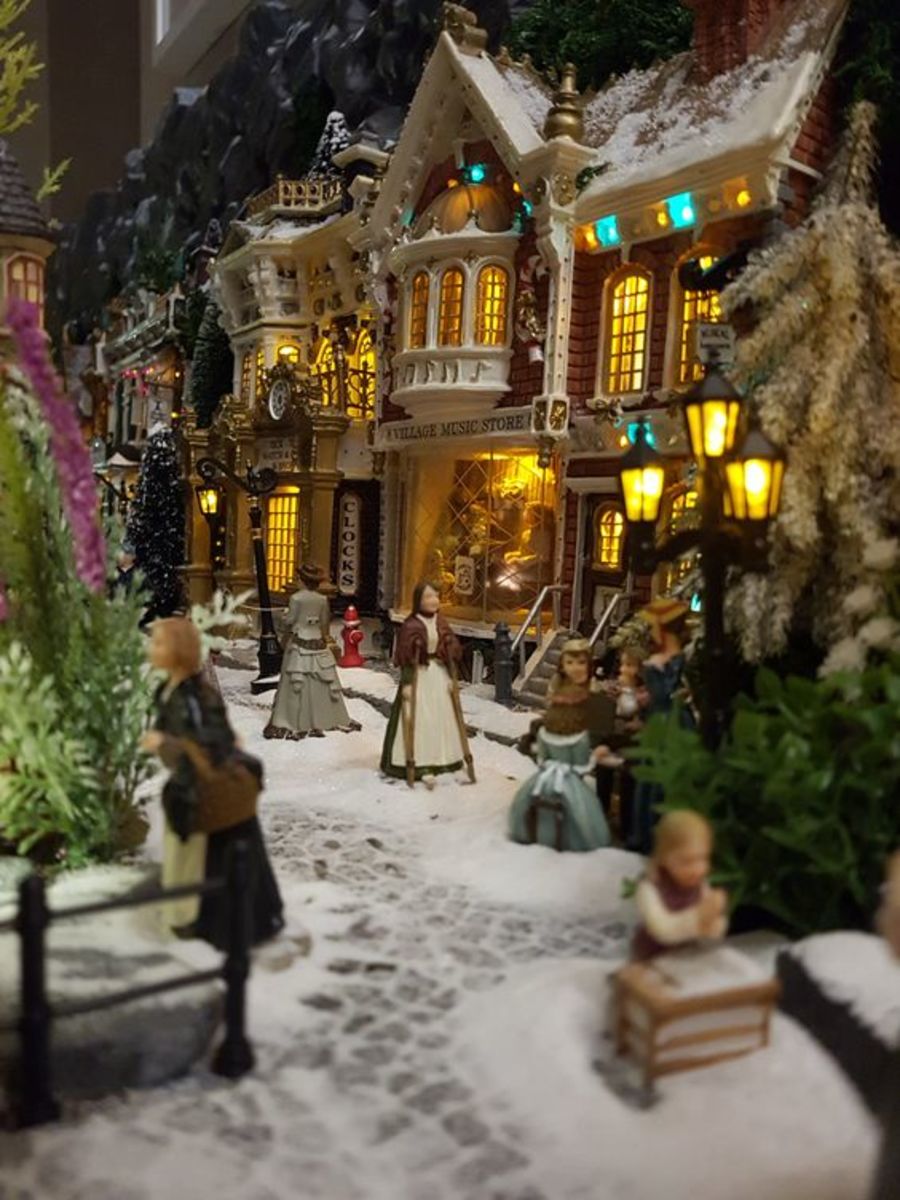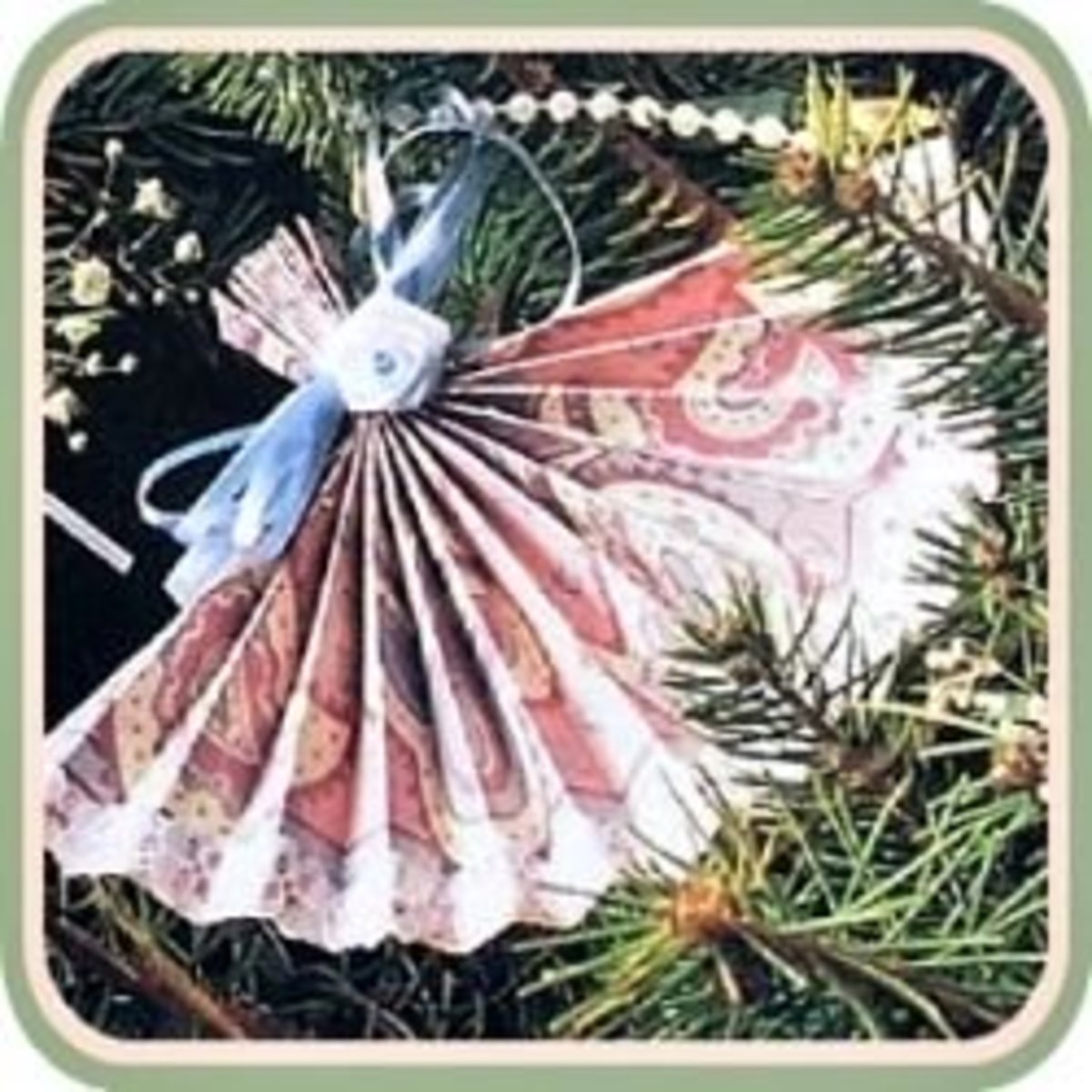Urban Legend of Poinsettias being Deadly Poisonous
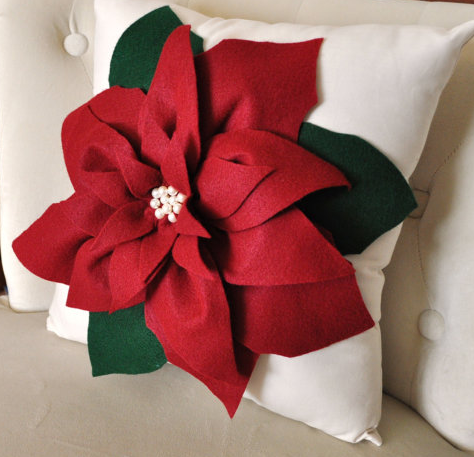
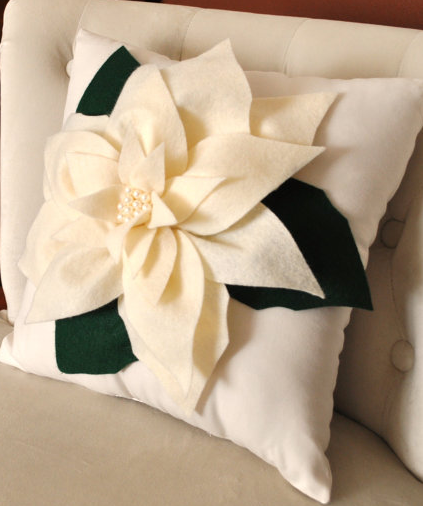
Poinsettias are not Poisonous
Did you suddenly feel the need to gnaw on a poinsettia? Unusual but the odd pet or child will give the poinsettia plant a nibble. Luckily, the urban legend is untrue. Poinsettias are not a poisonous plant.
Spurges, the plant family poinsettias (Euphorbia pulcherrima) belong to, do contain some highly toxic plants. The poinsettia itself is not toxic. There were cases where poinsettias were thought to have poisoned children but it was later proved to be something else over looked at the time.
The POISINDEX says a 50 pound child would have to eat over 500 poinsettia leaves to be in any danger of being poisoned by enough toxins in the poinsettia plant. Only a garden centre might have that may poinsettias in one room at one time. But I'm pretty sure eating the first few poinsettia leaves would be enough to make anyone re-think the plan of eating more.
The poinsettia does not taste nice (very unpleasant from opinions I have read) and eating the leaves can bring on nausea and vomiting. Most children, animals and people in general will not continue eating the poinsettia plant after the first taste of it.
There are no documented cases of death from poinsettia ingestion.
However, the sap from the poinsettia can cause skin irritation (just as it irritates the gastrointestinal tract when eaten). Use soap and water to wash the skin. Avoid rubbing or touching your eyes if you have gotten the poinsettia sap on your hands.
Where did the Urban Legend Start?
In 1919, the two year old daughter of a US Army officer died. People attributed the death to the little girl having eating poinsettia leaves. No real proof was found when this was investigated later.
There was never any real proof that the girl had died as a result of the poinsettia leaves. Likely she had eaten them at some point, become sick and then died hours later from some other cause. Death by poinsettia was ruled out through research into poinsettias years afterwards.
Poinsettia History
Poinsettias are native to Central America and Mexico.
The plant was named after an American ambassador to Mexico, Joel Robert Poinsett. In 1829 he sent some poinsettias home to his greenhouses in South Carolina. They grew very well there and became popular.
Paul Ecke created the grafting technique which made it easier to grow and market poinsettias. His son, Paul Ecke Jr., heavily promoted the poinsettia as the Christmas flower. Paul Jr. shipped poinsettias to TV and movie stars and appeared on TV himself, promoting the poinsettia, grown by his family.
In the 1990's a university researcher discovered the same grafting technique used by the Ecke family and ended their monopoly, bringing in competition from nurseries all over the US. The Ecke family still deal in plants but they no longer produce poinsettia plants in the US. But, no fear, there are endless other places which do and it is not likely you will ever be unable to find a poinsettia in a shopping mall, grocery store, garden centre or even the odd dollar store, near you.
Why the Poinsettias are a Christmas Flower
According to Mexican legend (starting sometime in the 16th century), the poinsettia was a Christmas miracle.
Mexico had their own Little Drummer Boy who had nothing to offer the new baby Jesus at his birthday. The poor child gathered weeds and created a boquet with them. Some say his sadness caused poinsettias to bloom at his feet and that was the bouquet he gathered. Either way, when he visited the altar for the baby Jesus, the weeds transformed into (or were already) beautiful red blooming poinsettias.
Mexicans also know the poinsettia as Flores de Noche Buena (Flowers of the Holy Night).
Thus, poinsettias are the Christmas flower.
